Weak Holiday Results in China
We expect much of the weak showing was a result of the specific restrictions on travel in a number of cities and regions due to the country’s stringent COVID rules, and a general malaise over the weakness in housing prices and the general economy in the country. While one might expect that restrictions might be eased a bit as the Chinese Communist Party Congress meets later this week, but it seems that local officials see the restrictions as a sign of loyalty to the party and will do almost anything to prevent an outbreak in the near-term, regardless of the economic consequences. The above travel numbers were the lowest since 2014.

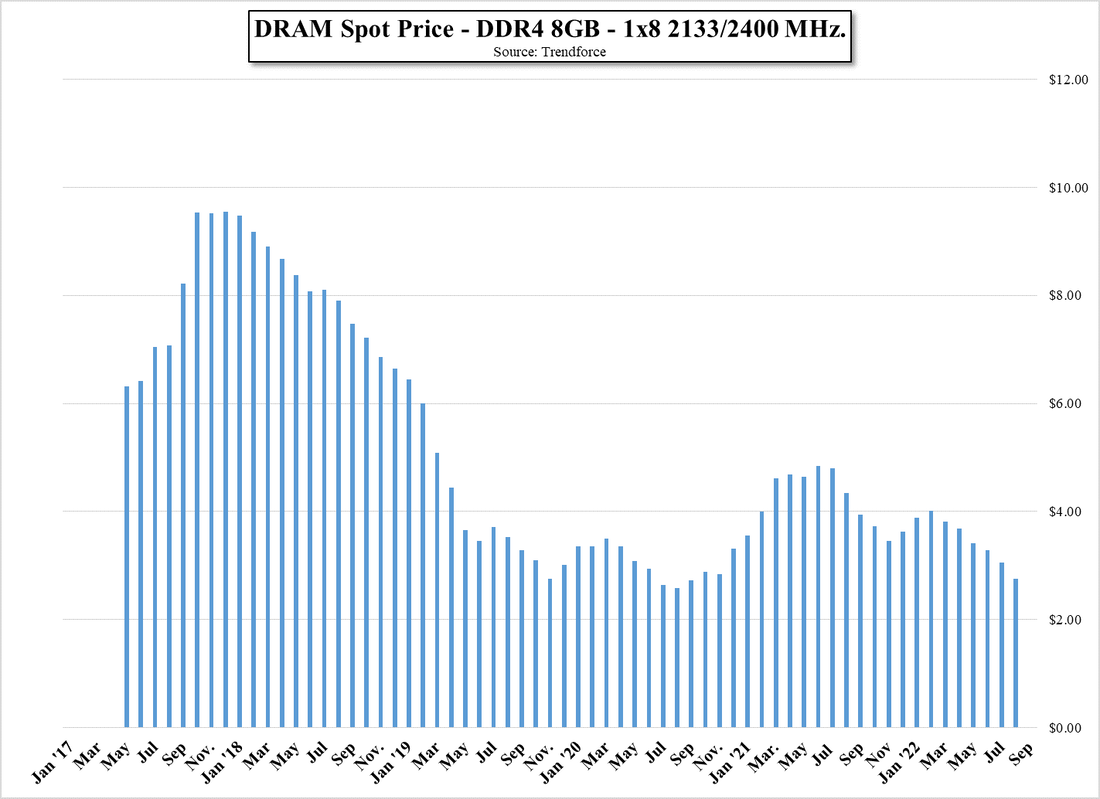
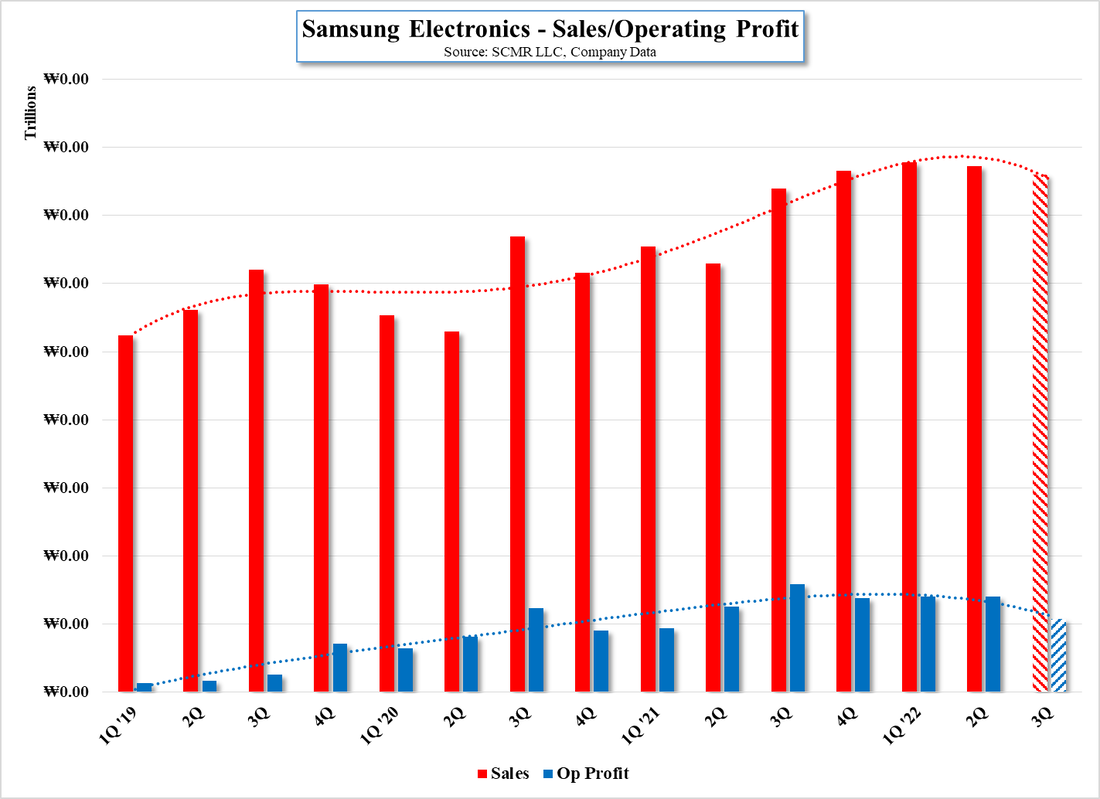
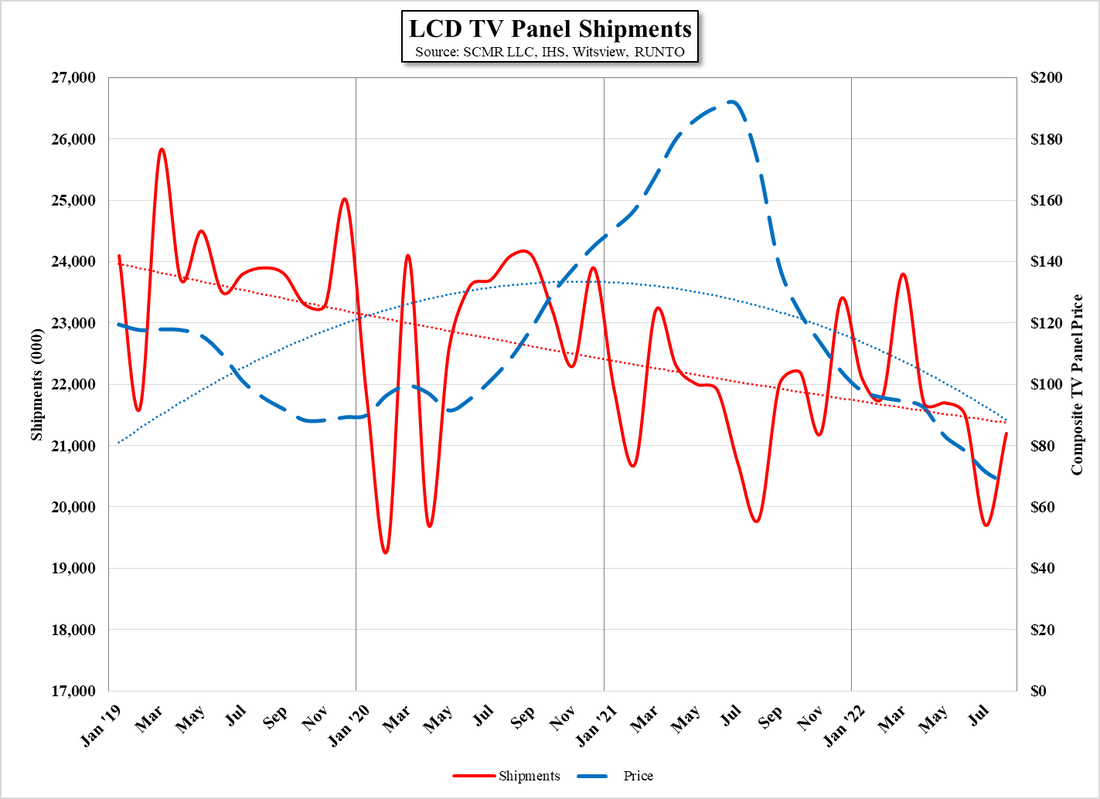
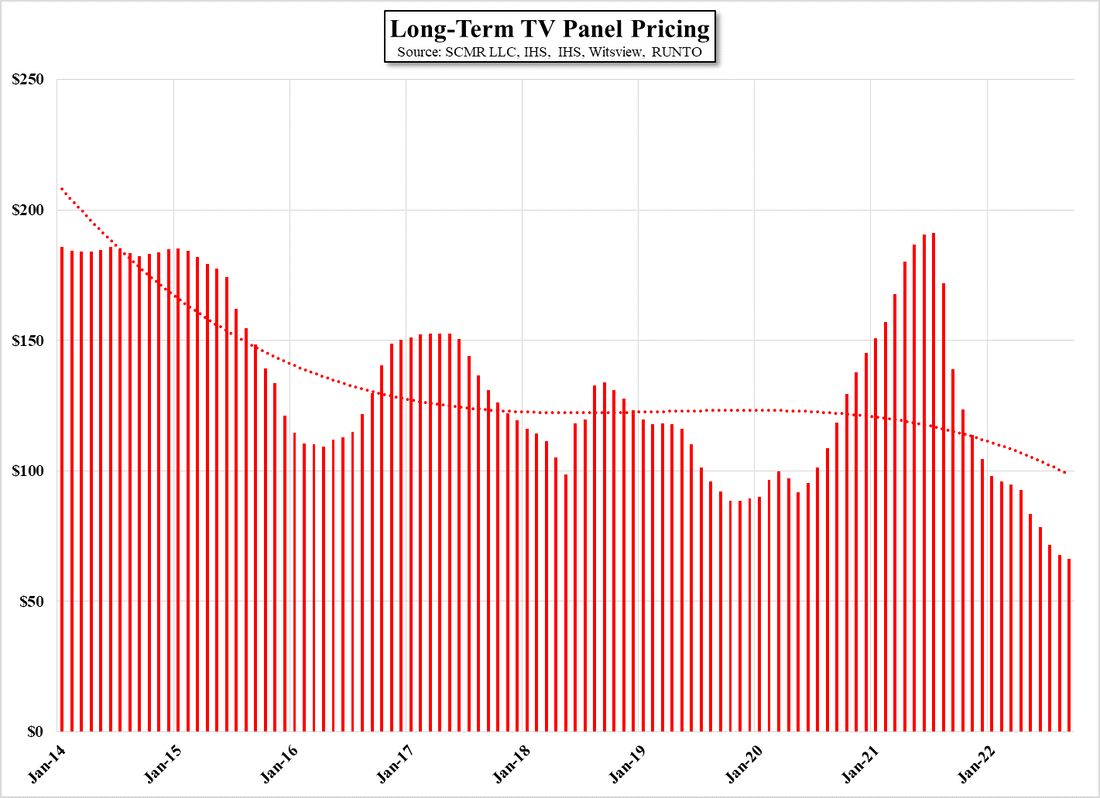


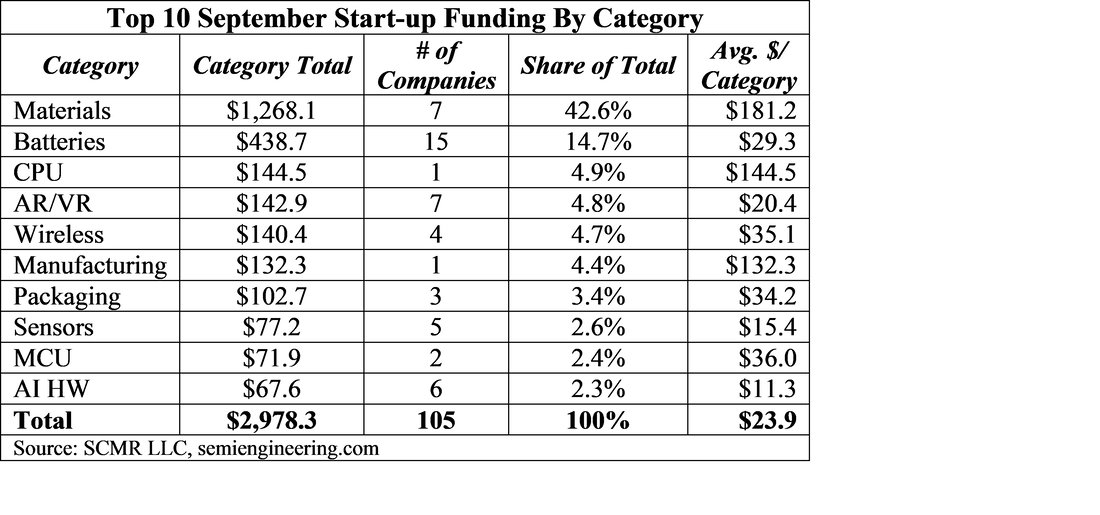


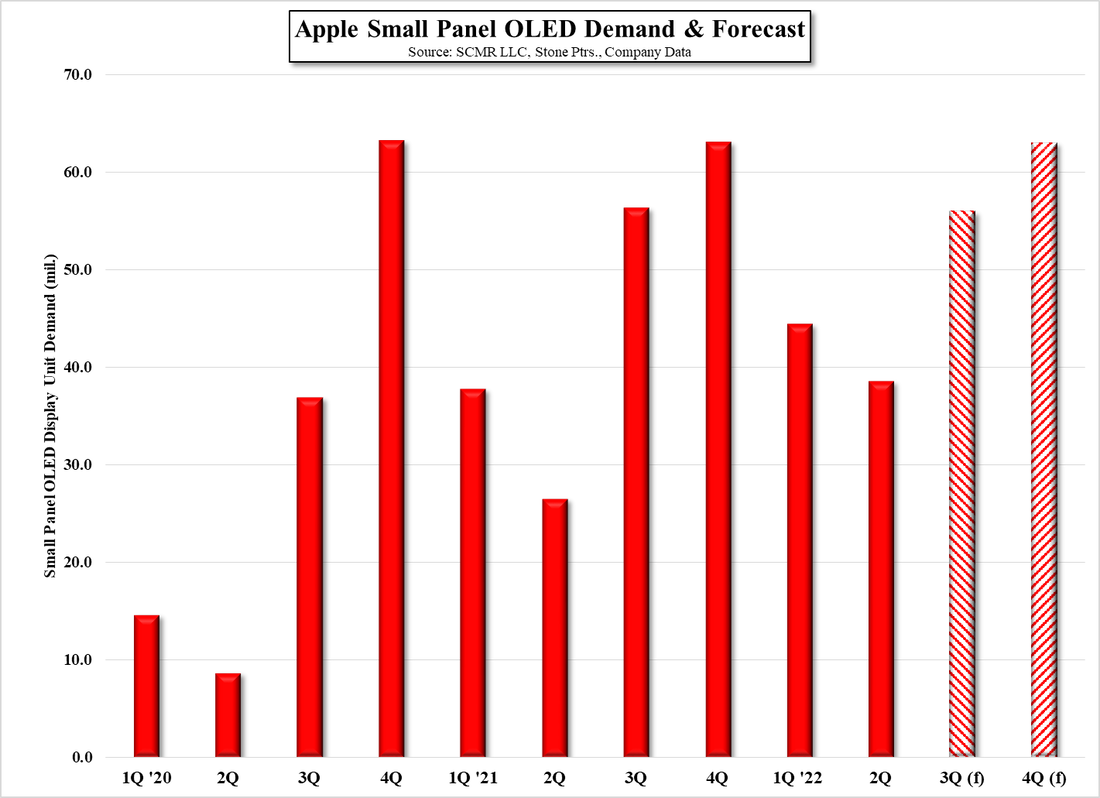



 RSS Feed
RSS Feed